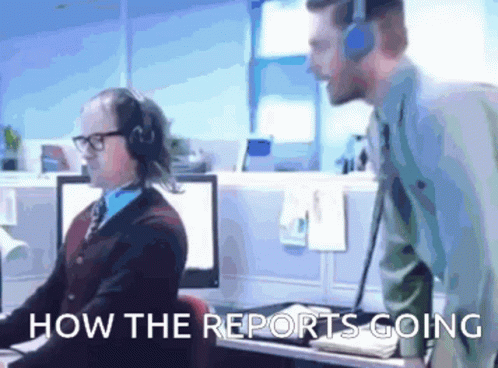
The leading OT, ICS and IoT security company has released their latest findings on 2022 cybersecurity risks.
Hacktivism is an act of denial of service attack (DOS). This cyber risk causes a system to shut down, preventing user access. However, according to the report from Nozomi Networks, hacktivists are changing to destructive malware from data theft and DDOS.
They gained traction in the second half of 2022, and their main goal is to disturb critical infrastructure to push the hacktivist’s political intentions for the Russia-Ukraine war.
“Over the past six months, cyberattacks have increased significantly, causing major disruption to industries ranging from transportation to healthcare,” says Roya Gordon, OT/IoT Security Research Evangelist, Nozomi Networks.
Major public infrastructures like railways have been subject to attack.
“As cyber threats evolve and intensify, it is important for organisations to understand how threat actors are targeting OT/IoT and the actions required to defend critical assets from threat actors.”
The report also found that trojans are the most common malware in networks of IT enterprises, while Remote Access Tools (RATs) are used in targeting IoT devices. Additionally, Malicious IoT botnet activity is already at its peak, yet it further increases in the 3rd quarter of 2022.
More than 5,000 unique attacks were recorded from July to December of 2022. The IP addresses of the attackers originate primarily in countries like the U.S., South Korea, China, and Taiwan.
Manufacturing and the energy sector continue to be the most at risk, with water/wastewater, healthcare, and transportation systems following.
In the final half of 2022:
Compared to the year’s first half, CISA disclosed 218 Common Vulnerabilities and Exposures (CVEs), a 61% decrease.
Seventy vendors were affected, an increase of 16% from the prior reporting period.
Additionally, affected goods increased by 6% from the first half of 2022.
Nozomi Networks’ OT/IoT Security Report: A Deep Look into the ICS Threat Landscape helps security professionals to detect, reevaluate risk models, and pose solutions to gain a more secure infrastructure.

More Stories
Killnet and AnonymousSudan Collaborate to Launch Cyber Attacks on Western Organisations
In recent news, it has been reported that two Russia-sympathetic hacktivist groups, Killnet and AnonymousSudan, have allegedly launched a series...
$4000 Gone In An Instant: Mother Defrauded in Facebook Marketplace Car Deal
A mother of four is warning others to be cautious after believing she had purchased a safe and dependable car...
Shocking Scam: Sydney Family Loses $200K Life-Savings in Suncorp Spoofing Fraud
A family from Sydney has lost their life savings worth $200,000 due to a fraudulent scam. Peter and Madison, who...
Mysterious Money Transfer Leaves Couple Speechless: How They Got an Unsolicited $4000
A young couple in Melbourne claims their bank is making up a personal loan they do not understand. Ashley and...
Phishing + AI + Voice Cloning= Big Trouble: The New Way Criminals are Stealing Your Money
New Alert: Criminals use AI and voice cloning to trick you out of your money. Earlier this year, Microsoft unveiled...
‘Impossible to Spot’ Delivery Scam Email Targets Australia Post Customers – Don’t Fall Victim!
Unsuspecting shoppers should be cautious as a parcel delivery scam that is hard to distinguish targets Australia Post customers. Email...


